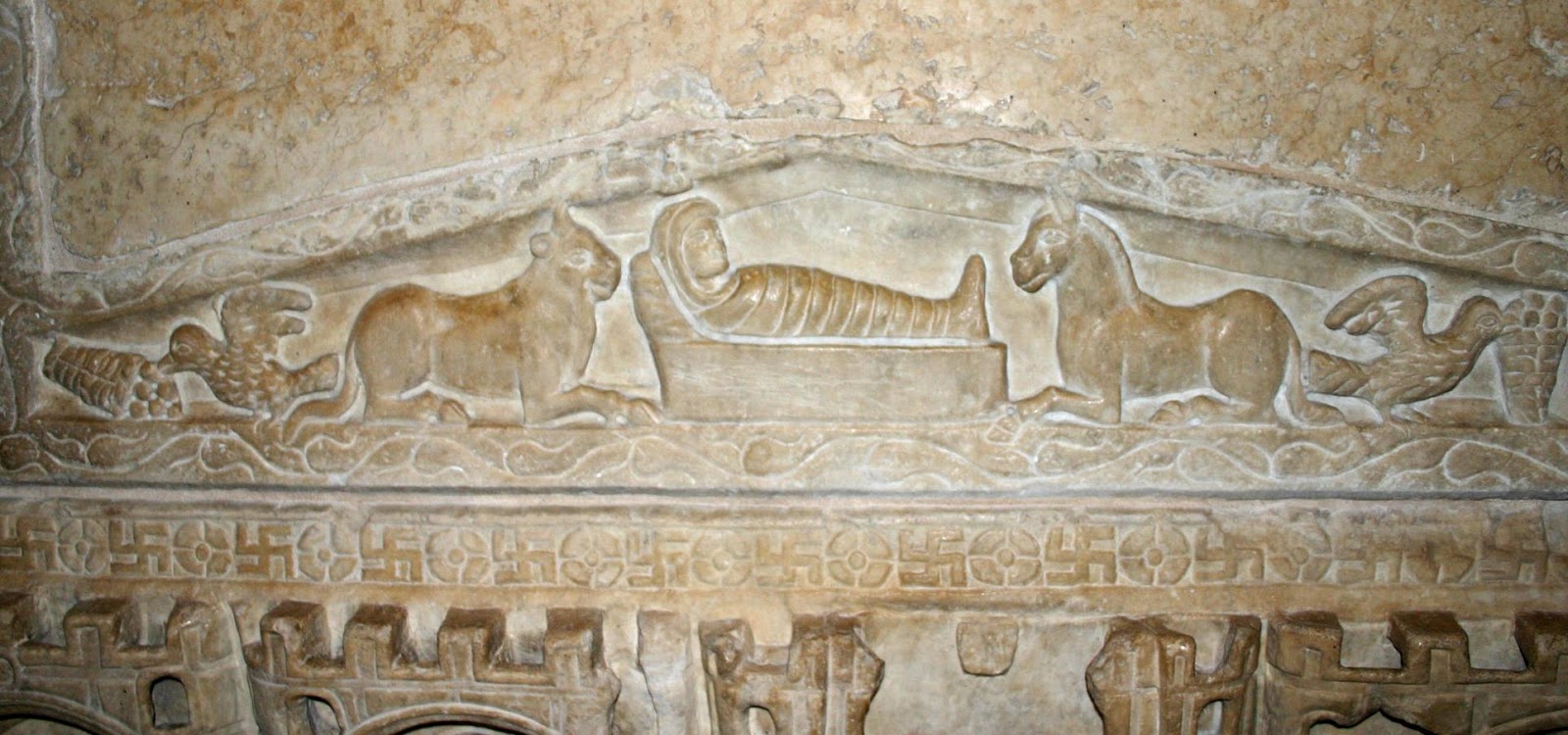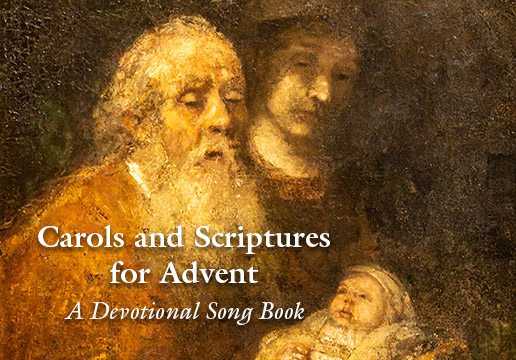
DECEMBER 7
View the Full Advent Calendar
Infant Holy Infant Lowly
Artwork:
Nativity Scene from Stilicho’s Sarcophagus, (c. 390). Image by Giovanni Dall’Orto. This ancient Roman Christian sarcophagus dating from the fourth century is preserved beneath the pulpit of Basilica of St. Ambrose, Milan, Italy. This early Christian sarcophagus depicts the prophecy of the birth of Christ, when the child was laid in a manger. Shown with the ox and ass forming a declaration that the child’s birth was a fulfillment of prophecy, (Isaiah 1:3).
Carol Text: Edith Reed, 1920;
Carol Melody: Polish 1500’s
Piano accompaniment by Lezlie Taguding
![]()
Infant holy infant lowly
For His bed a cattle stall
Oxen lowing little knowing
Christ the babe is Lord of all
Swift are winging angels singing
Noels ringing tidings bringing
Christ the Babe is Lord of all
Christ the Babe is Lord of all
![]()
Flocks were sleeping
Shepherds keeping vigil
Till the morning new
Saw the glory heard the story
Tidings of a gospel true
Thus rejoicing free from sorrow
Praises voicing greet the morrow
Christ the Babe was born for you
Christ the Babe was born for you
![]()
In a manger He is lying
Who will greet Him as He sleeps
Baby Jesus infant Christ child
Who will greet Him as He sleeps
Angels winging praises singing
Noels ringing tidings bringing
Christ the Babe is Lord of all
Christ the Babe is Lord of all
“I reared children and brought them up, but they have rebelled against me. The ox knows its master, the donkey its owner’s manger, but Israel does not know, my people do not understand.”
- Isaiah 1:2b-3
Advent Devotional
The carol, “Infant Holy, Infant Lowly,” commemorates the amazing truth of Jesus’ humble, yet sacred entrance into the world where His first hours were spent in an animal stable. What many don’t realize is how this was predicted to the last detail by the prophet Isaiah 700 years before the birth of Jesus the Messiah. Isaiah wrote, “Hear me, you heavens! Listen, earth! For the LORD has spoken: . . . The ox knows its master, and the donkey its owner’s manger, but Israel does not know, my people do not understand” (Isaiah 1:2–3).
The Gospel writer Luke understood the implications of Isaiah’s prophecy and so it is no coincidence that Luke repeats three times (Luke 2:7, 12, 16) that Jesus was placed in a manger. We are told by Luke that Mary and Joseph sheltered in a stable with the animals as there was no room for them elsewhere. In this humble setting, Mary wrapped the newborn Jesus in swaddling cloths and laid Him in a mud or stone manger, a feeding trough for the animals, the only suitable bed available to them.
Although mangers were a common feature of Jesus’s day, they were not ordinarily used as a baby crib and certainly not for a baby with royal blood flowing in His veins. How amazing it is then that we see Isaiah’s prophecy fulfilled in which the ox and donkey would know their “owner’s manger,” while the people of Israel remained clueless to the Messiah’s coming in Bethlehem.
Are there people in your life who don’t know that the Messiah has arrived? Perhaps now is the time to ask the Lord how you can share the good news of our Savior born in a manger.
Prayer
Lord help us not to
miss Your work in the world
or the opportunity to
share You with others.
Thank You for demonstrating
Your humility by being
placed in a feeding trough.

Joel Woodruff
President, C.S. Lewis InstituteJoel Woodruff, President, C.S. Lewis Institute, has worked in higher education, “tent-making,” nonprofit administration, and pastoral ministries in Alaska, Israel, Hungary, France, and Northern Virginia. He served as Dean of Students, Chaplain, and Professor of Bible & Theology at European Bible Institute, where he helped train Europeans both for professional ministry and to be Christian leaders in the marketplace. Prior to joining the Institute, he was on the leadership team of Oakwood Services International, a nonprofit educational and humanitarian organization. He is a graduate of Wheaton College, earned his M.Div. from Gordon-Conwell Theological Seminary, and has a doctorate in Organizational Leadership from Nova Southeastern University. As a Parish-Pulpit Fellow, he studied Biblical Backgrounds & Archaeology in Israel for a year.




